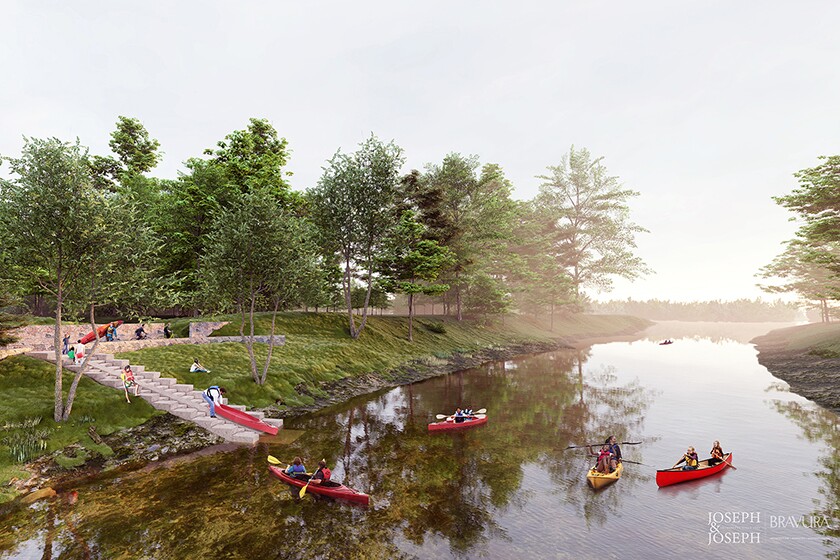They are also, unlike Copacabana, full of trees, parks and shrubbery in the public realm. You might call them barrios tropicales, “tropical neighborhoods,” and they reinforce not only the desirability but the property value of the homes that exist there. Cities throughout Latin America are seeking to emulate them.
There are four criteria that barrios tropicales should meet. One is traditional urban design: they shouldn’t just be leafy suburbs. Second is multimodal streets designed for pedestrians, not just for pass-through automobile traffic. Third, the neighborhood must be clean, safe and cosmopolitan — a destination for tourists and residents alike.
But many upscale neighborhoods in the U.S. and Europe pass these three tests. Barrios tropicales are set apart by the fourth and defining feature: a tropical landscape. I found 13 of them while traveling — although there are likely others I didn’t see.
In Rio’s Leblon neighborhood, the city has worked to maintain mature-growth orchid and palm trees, pocket parks and well-landscaped medians that run parallel to the beach. Mexico City’s Condesa and Roma Norte neighborhoods — the first barrios tropicales I saw — are full of jacarandas, a native regional tree that yields a violet flower.

The main path to these neighborhoods becoming tropical was through sound public planning. Often perched just outside their cities’ centros, they began as first suburbs occupied by the wealthy — Ipanema even had a streetcar. When they were annexed, city governments committed to maintaining their lush flora. But private-sector actors play an important role in making these areas tropical. Upscale neighborhoods attract upscale merchants, and the ones in barrios tropicales often compete with each other to look the nicest.
Retail and residential buildings in barrios tropicales feature parklets, planters and balconies with hanging gardens. There’s even a Spanish term for the “mini forests” that homeowners and business owners plant in their front yards. Collectively, this mix of public and private effort makes whole neighborhoods feel like jungles, creating an aesthetic not typically found in urban contexts.
But one country where I haven’t seen any barrios tropicales is the United States. Skeptics may attribute this to climate, but roughly the bottom third of the country is subtropical and can support year-round vegetation. Miami and New Orleans both have annual rainfall levels approaching that of tropical areas.
The distinction instead is a difference in civic and governing culture. Having a botanic public realm requires a level of planning and maintenance that’s foreign to U.S. municipal governance.
But the examples I’ve found through Latin America, in societies with a fraction of American wealth levels, speak to the immense added value of the barrio tropicale motif. Public and private interests foot the relatively small bill of greening their public realm, and in return get high property values, great quality of life and sometimes international acclaim.
Related Articles














